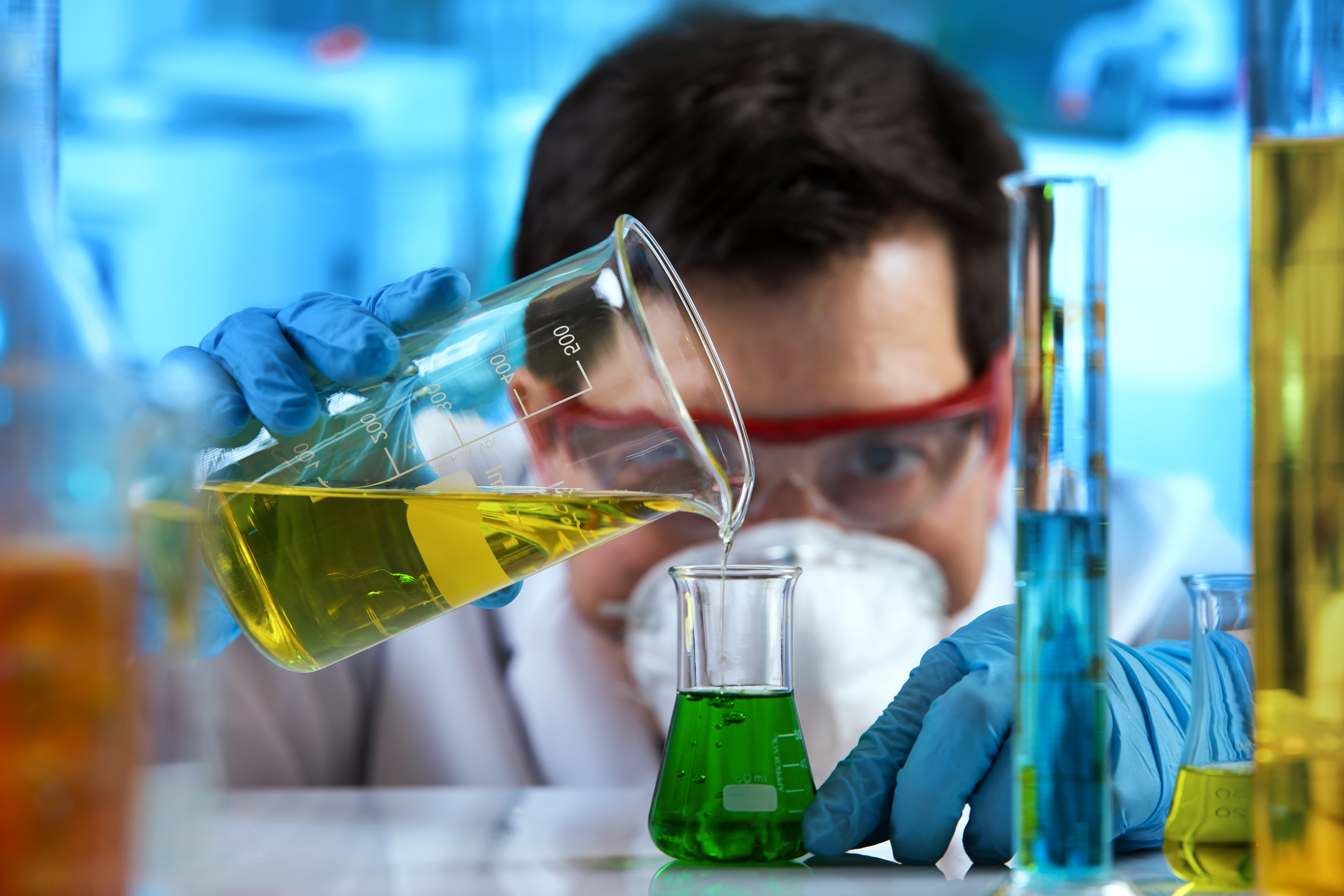Data centers are critical in providing the computing and storage infrastructure needed to not only power the internet but also connect communities all over the world.
To become greener and more efficient, data centers are actively looking for ways to reduce their energy usage, offset their carbon footprints, reduce water utilization, and decrease the materials used within them.
However, there are other (and perhaps less obvious) ways in which data centers can improve their sustainability credentials.
Contents
- What is the environmental impact of the data center industry?
- How can data centers operate more sustainably?
- Green energy
- Data center hardware and the circular economy
- What are we doing at SK Tes?
What is the environmental impact of the data center industry?
The number of large data centers operated by hyperscale companies recently passed the 1,000 milestone, accounting for 41% of the worldwide capacity of all data centers. This is expected to grow to over 60% by 2029, with an additional 120-130 hyperscale data centers coming online each year.
These data centers consume significant energy, not just for powering servers but also for cooling systems, with usage often exceeding that of small countries. The demand for more and larger data centers continues to grow due to trends such as cloud computing, AI, and streaming services.
The Climate Neutral Data Centre Pact aims to ensure that data centers adopt sustainable practices, contributing to a greener future.

How can data centers operate more sustainably?
With the right design, building, and operating strategies, data centers can become sustainable infrastructure for a green future. Key approaches include reducing energy consumption, adopting clean energy sources, and improving efficiency.
Green Energy
Improving efficiency and adopting renewable energy sources are essential for reducing a data center’s carbon footprint. Despite efforts, many operators still rely on diesel generators for backup power. An alternative is battery energy storage solutions (BESS), which can store and discharge renewable energy as needed. BESS systems can even utilize second-life electric vehicle batteries, providing a greener alternative to diesel generators.
Companies like Google are committing to operating on 24/7 carbon-free energy by 2030, using solutions like BESS to overcome challenges related to renewable energy intermittency.
Data Center Hardware and the Circular Economy
Lithium-ion batteries in uninterruptible power supplies (UPS) offer longer lifespans and better performance but rely on scarce raw materials. Innovative recycling processes can recover valuable elements like graphite, cobalt, and lithium for reuse. SK Tes collaborates with Eaton to recycle lithium-ion batteries from UPS hardware, promoting a circular economy.
ITAD for Data Centers
Data centers can embed circular thinking by partnering with IT asset disposition (ITAD) services. Decommissioned hardware can be securely sanitized and remarketed or recycled to reduce e-waste, adhering to standards like NIST 800-88 and R2.
What are we doing at SK Tes for data centers?
SK Tes partners with leading hyperscaler data centers to deliver sustainable lifecycle technology solutions, achieving over $4.9 million in IT asset remarketing value. Learn more in our case study.
Download our Sustainability Report to explore our goals, including reducing energy consumption, mitigating GHG emissions, and promoting a zero-waste-to-landfill commitment.
Our sustainable battery solutions were recognized at the Data Centre World Awards, earning the Environmental Product of the Year, 2022.
This reflects our commitment to transforming 1 billion kg of assets securely and sustainably by 2030.





